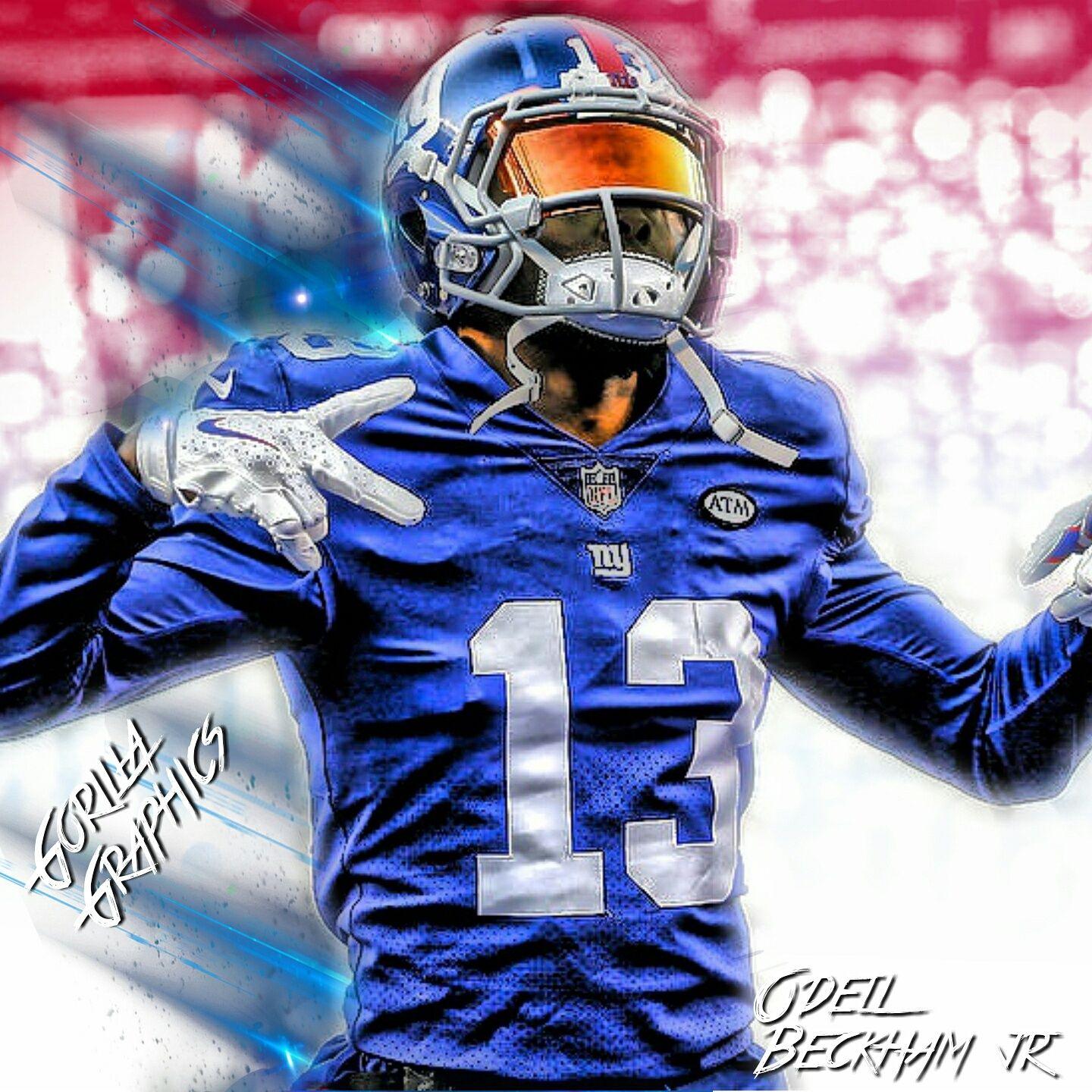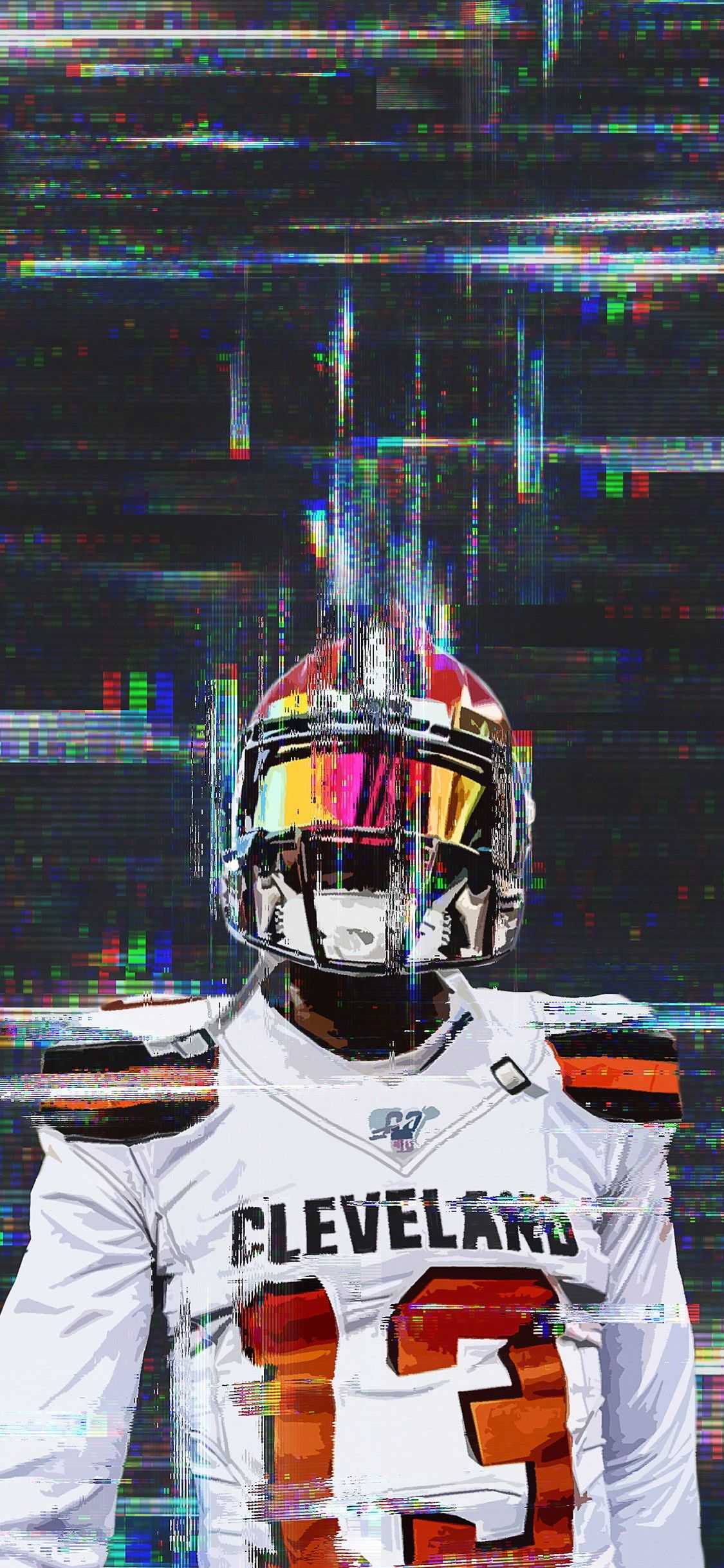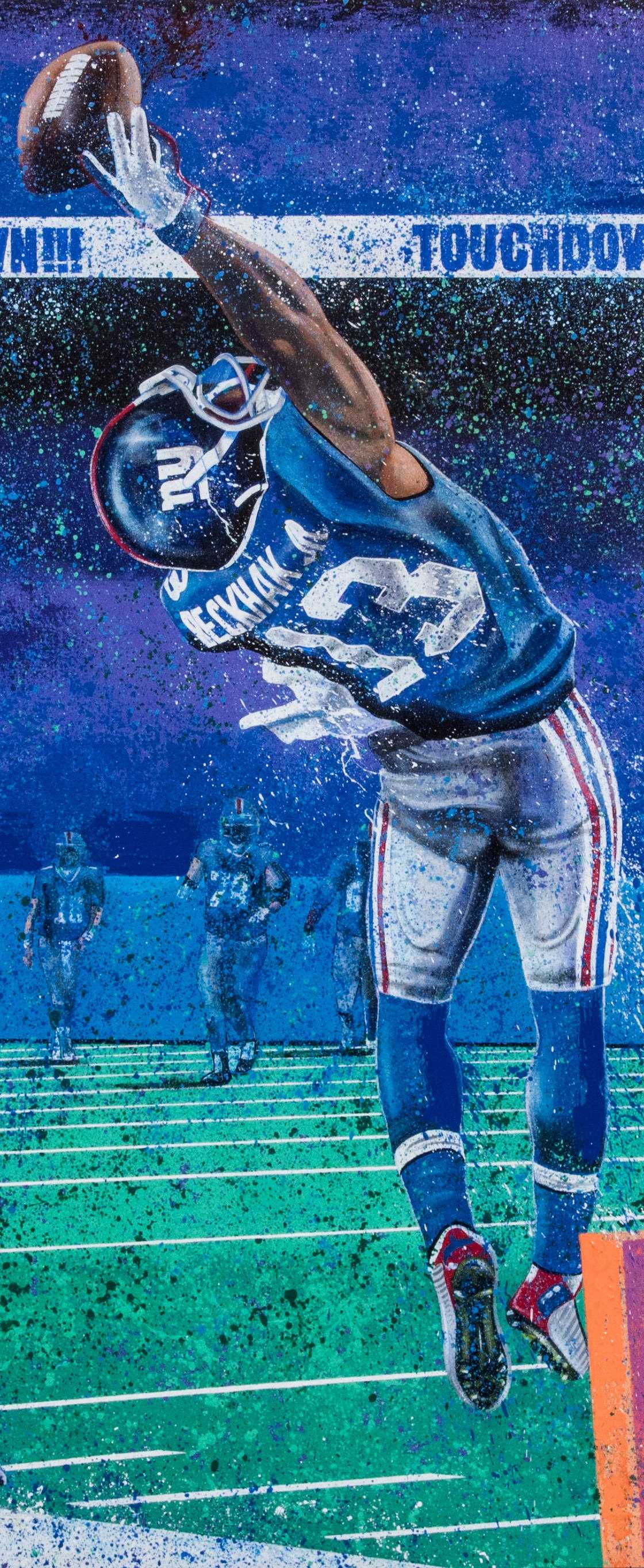The `obj Brother` Link: Unpacking Digital Connections In 3D And Gaming
Have you ever thought about the hidden connections that shape our digital lives, perhaps even without us realizing it? It's a curious thing, how different parts of the online world, and even our creative tools, seem to echo one another. Today, we are going to talk about something a little bit playful, yet very real for many creators and players: the idea of an `obj brother`.
This idea, you see, comes from two very different places. One is the world of 3D modeling, where files with a `.obj` extension are quite common. The other is the gaming scene, where certain tanks are simply known as "Obj" by players. It is fascinating, really, how these two separate uses of "obj" can feel like they are related, almost like family members in the digital space, so it's almost like they share a common digital ancestry.
We will explore what these "obj brothers" are all about, why they matter to people who create digital things or enjoy playing games, and how they even connect to social platforms like Instagram. It is a look at how digital pieces fit together, making our online experiences richer and more interesting, you know?
Table of Contents
- What Does `obj brother` Mean? A Look at Digital Companions
- The Shared World of Digital Creation and Play
- Why These Connections Matter
- Questions People Often Ask About `obj brother`
- Conclusion
What Does `obj brother` Mean? A Look at Digital Companions
When we talk about the `obj brother`, we are not speaking about a person. Instead, we are looking at two very distinct yet equally important elements within the digital world that share a curious naming convention. One is a fundamental file type for anyone working with 3D models. The other is a name for a specific type of vehicle in online games. It is a bit like having two distant relatives who happen to share a family name, even though their lives are quite different.
These two "obj" instances, the file and the tank, represent different facets of digital interaction. One helps build virtual worlds and objects. The other helps shape experiences within those worlds. Both play a big role for their users, providing tools for creation or excitement in play. This connection, while informal, shows how varied our digital landscape truly is, apparently.
The `.obj` File: A Digital Building Block
The `.obj` file is a very common type of file used in 3D computer graphics. It is a simple format that stores information about the geometry of a 3D model. This means it holds details about the shape, like where all the points are, how they connect to form surfaces, and how textures might wrap around the model. For someone just starting out in 3D programs, say with Blender, these files are often the first step in bringing a new item into their digital workspace, you know?
People often use `.obj` files to share 3D models between different software programs. If you make a car in one program and want to use it in another, saving it as an `.obj` file is a common way to do it. It is a bit like a universal language for shapes. This file type, while basic, forms the backbone of many digital creations, from simple objects to complex scenes. It is pretty fundamental for many digital artists, so.
However, there is a catch with `.obj` files. They are very simple. This means they usually only keep the basic shape and texture mapping information. They do not typically store things like colors or special surface qualities. So, when someone imports a car model that was a `.obj` file into Blender, they might find it has no materials, no shiny paint, or no specific textures. This can be a bit of a surprise for newcomers, as I was saying.
This simplicity means extra steps are often needed. You might have to add materials and colors separately once the `.obj` file is in your chosen program. For instance, someone exporting an item from Tinkercad as an `.obj` file might see it lose its color when brought into Bambu Studio. This is just how this file type works, and it is something creators learn to handle. It is a common part of the 3D creation journey, really.
The `Obj` Tank: A Gaming Powerhouse
Moving from the quiet world of 3D modeling, we find the "Obj" in a much louder setting: online tank battles. Here, "Obj" often refers to a series of powerful tanks, like the Obj. 430U, found in popular online games. These are not just any tanks; they are often known for their specific strengths and how they play in the game. Players often talk about them with a certain respect, or perhaps a little frustration if they are on the opposing team.
The Obj. 430U, for instance, is often seen as a good choice for someone who likes to play a bully medium or brawler type of game. This means it can take some hits and dish out damage, getting right into the thick of the action. Its armor is still quite good, even if more players these days know to aim for the smaller weak spots. The gun, some say, can be a bit unpredictable, but that has not stopped it from being a favorite for many. It is a classic choice, that.
For many players, the "Obj" tanks represent a solid choice in the game. They are often considered strong picks, perhaps even the best in certain categories, like being a top tank available through special in-game currency. Owning one of these tanks means having a reliable vehicle for battle, one that can often turn the tide of a fight. It is a big deal for players to acquire one, you know?
The experience of using an "Obj" tank is very different from dealing with an `.obj` file. One is about creating and shaping, the other is about action and strategy. Yet, they share that short, recognizable name. This similarity, while just a coincidence, makes them feel like two sides of the same digital coin, or perhaps, two brothers from different digital parents, you know?
The Shared World of Digital Creation and Play
The "obj brother" concept, whether we are talking about the file format or the gaming vehicle, highlights a shared experience in the digital world. Both creators and players encounter these "objs" in their daily digital lives. They both face challenges, learn new things, and find enjoyment in their respective areas. It is a bit like a community of people, all dealing with their own version of "obj" in some way.
This shared experience builds a kind of digital bond. Someone struggling to import an `.obj` file into Blender might feel a similar frustration to a player trying to master the unpredictable gun of an Obj. 430U. These small, common hurdles create a sense of connection among digital enthusiasts. It is a subtle thread that runs through many online activities, you see.
Common Challenges with `.obj` Files
Working with `.obj` files often brings up a few common questions, especially for people new to 3D work. These issues are almost universal for anyone trying to use this file type. It is just part of the learning curve, more or less.
Missing Materials and Colors: A frequent issue is when a `.obj` file is imported, and it appears plain, without any textures or colors. This happens because the `.obj` format primarily holds geometry data, like vertices and UV information, but not the detailed material properties or colors. You then have to add these back in your 3D software. This can be a puzzle for beginners, you know?
Objects Not Appearing: Sometimes, people report that `.obj` files simply do not show up when imported into a program like Blender. This could be due to scaling issues, where the model is too small or too big to see easily, or it might be located far from the origin point. It is a common hurdle, requiring a bit of troubleshooting to fix. It happens quite often, actually.
File Conversions: Many digital assets come in various formats. Someone might have a `.yft` file from a game like GTA V and want to convert it to `.obj` for 3D printing. This process often involves specific tools or steps, and it can be a bit confusing to figure out the right way to get from one format to another. People often ask how many conversions they might need. It is a practical concern for many creators, so.
Software Compatibility: Different 3D programs handle `.obj` files slightly differently. What works perfectly in one program might need minor adjustments when brought into another. This means a little trial and error is sometimes needed to get things just right. It is part of the digital creation process, in a way.
Bringing Digital Objects to Life: Spark AR and Instagram
The `.obj` file format has a surprising connection to popular social platforms, especially Instagram. This link happens through tools like Spark AR. Spark AR allows creators to build augmented reality (AR) effects, like face filters, that people can use on Instagram Stories or in their regular posts. These AR effects often use 3D models, and guess what file format is commonly used for these models? That's right, `.obj` files.
Imagine making a fun face filter for Instagram. You might design a digital hat or a pair of glasses in a 3D program. You would then export that design as an `.obj` file. This file then becomes a core part of your Spark AR project. It is how the digital item gets placed onto someone's face or into their environment through the phone camera. This connection truly shows how these simple file types enable a lot of the creative content we see every day, very.
Instagram itself is a place where people share what they love, connecting with friends and finding inspiration. The ability to add custom AR effects, powered by `.obj` files, makes this sharing even more personal and interactive. It is how people express themselves, feel closer to others, and discover new interests. The `.obj` file, in this context, is a quiet helper behind much of the fun and creativity on the platform, you know?
Since August 2016, Instagram Stories have allowed users to take photos, add effects, and share them. Many of these effects, especially the more complex ones, rely on 3D assets that likely started as or were converted into `.obj` files. This means the `obj brother` is quietly helping millions of people express themselves and connect around the world. It is a pretty cool behind-the-scenes story, really.
Why These Connections Matter
The idea of an `obj brother` shows how different parts of the digital world are linked. It highlights the tools and experiences that shape how we interact with technology, whether we are making something new or enjoying a game. These connections matter because they influence how we create, how we play, and how we share.
It is about more than just file formats or game mechanics. It is about the human experience within digital spaces. The challenges creators face with `.obj` files, or the thrill players get from an Obj tank, are all parts of a bigger picture. They are moments of learning, achievement, and connection that define our time online. This is a bit like a shared language among digital enthusiasts, basically.
The Creator's Perspective
For creators, the `.obj` file is a constant companion. It is often the first step in bringing a 3D idea to life, or the format needed to move a model between different design tools. The challenges of missing materials or tricky imports are part of the creative process. Learning to work with these files means learning to solve problems, which is a big part of becoming a skilled digital artist. It is a continuous learning process, so.
These files also open doors to new forms of expression. Being able to create a 3D model and then use it in Spark AR for an Instagram filter means creators can reach a huge audience. They can share their unique visions in a very interactive way. The `.obj` file, then, is not just data; it is a vehicle for artistic expression and community building. It helps people share what they like. You can learn more about digital creation on our site.
The process of converting files, like turning a `.yft` into an `.obj` for 3D printing, shows how creators adapt. They find ways to get their ideas from one digital space to another, even if it means many conversions. This determination to overcome technical hurdles is a hallmark of the creative spirit. It is a testament to how much people want to bring their ideas into the real world, you know?
The Player's Experience
For players, the "Obj" tanks are about strategy, skill, and the joy of competition. Choosing the right tank, understanding its strengths and weaknesses, and using it effectively in battle are all key parts of the gaming experience. The

OBJ Wallpapers - Wallpaper Cave

Obj Wallpaper - Wallpaper Sun

Obj Wallpaper - Wallpaper Sun